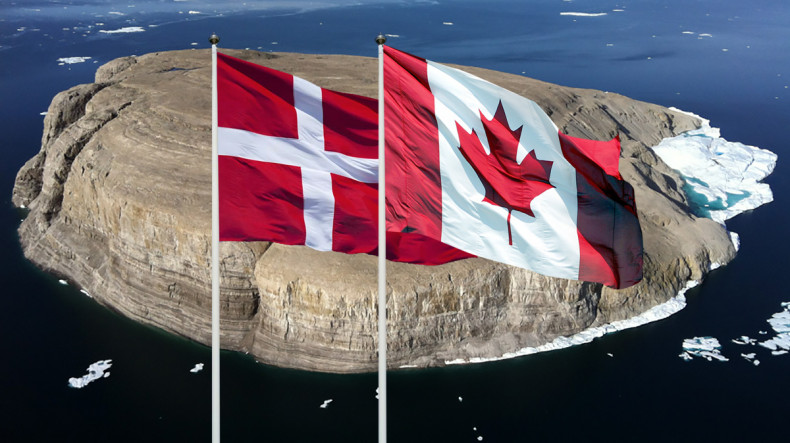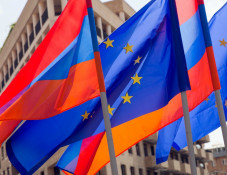
Canada and Denmark reportedly reach settlement over disputed Arctic island
Canada and Denmark have reached a settlement in a decades-old border dispute over Hans Island, a 1.3-square-kilometre rock in the Arctic sea passage between Greenland and Ellesmere Island, The Globe and Mail reports, citing its sources.
The Inuit name for the island is Tartupaluk – describing its kidney-like shape – and under the agreement, a border will be drawn across the island, dividing it between the Canadian territory of Nunavut and the semi-autonomous Danish territory of Greenland.
The Canadians and Danes plan to unveil the settlement June 14 and celebrate it as an example of how countries can resolve border disputes peacefully even as Russia ignored the rules-based international order and launched a full-scale military assault on Ukraine, the sources say. The Globe and Mail is not identifying the sources because they were not authorized to speak publicly on the matter.
The dispute over tiny Hans Island dates back to the early 1970s when the countries were negotiating their maritime boundary; they left the status of the islet for future negotiations.
Aluki Kotierk, president of Nunavut Tunngavik Inc. (NTI), the legal representative of the Inuit of Nunavut on native treaty rights and treaty negotiation, said the dispute has never troubled the Inuit. But she nonetheless hailed the deal.
“The dispute between Canada and Denmark over Tartupaluk or Hans Island has never caused issues for Inuit. Regardless, it is great to see Canada and Denmark taking measures to resolve this boundary dispute,” Ms. Kotierk said in a statement.
“As geographic neighbours with family ties, Inuit in Nunavut and Greenland recognize the significance of working together toward our common future. NTI expects this long-standing relationship between Inuit in Nunavut and Greenland to be a symbol of continued co-operation between Canada and Denmark.”
She also noted the fundamental role that the Inuit play in cementing Canada’s authority over its Arctic territory. “Canada’s sovereignty in the Arctic is only possible because of Inuit use and occupancy,” Ms. Kotierk said.
Newsfeed
Videos






























